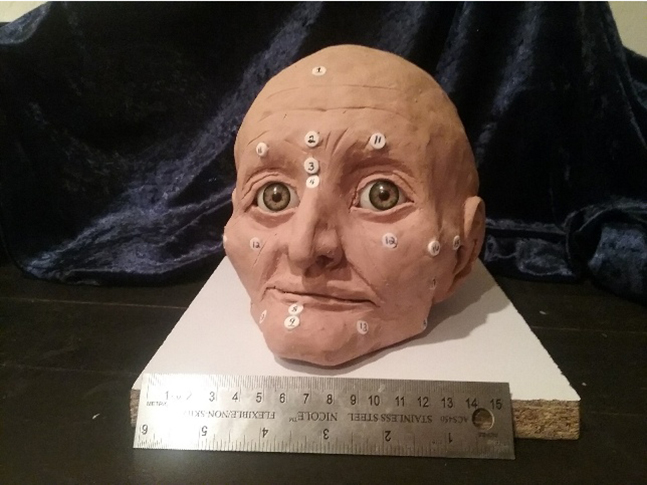Professor Sharon Moses has a very particular set of skills.
Moses, a forensic archaeologist at Northern Arizona University, started with the archaeology most of us have in mind when we think of it—digging in ancient sites to learn more about the people and societies from centuries or millennia ago. But her focus has shifted to a different kind of information-gathering—helping police solve suspicious deaths, identifying bodies found in outdoor environments, research that contributes to creating profiles of potential murderers based on where they leave bodies, and creating forensic facial reconstructions to help identify unidentified victims.
Moses was recently an invited speaker on an episode of the Just Science podcast, a National Institute of Justice sponsored program through the Forensic Technology Center of Excellence, in which she discusses the science of identifying murders and murderers in ‘no-body’ homicides. She is also a recent author/editor of a textbook that examines the history and evolution of forensics as well as the influence of factors like gender and culture on crime scenes. The book is currently undergoing revisions before final publication in 2023.
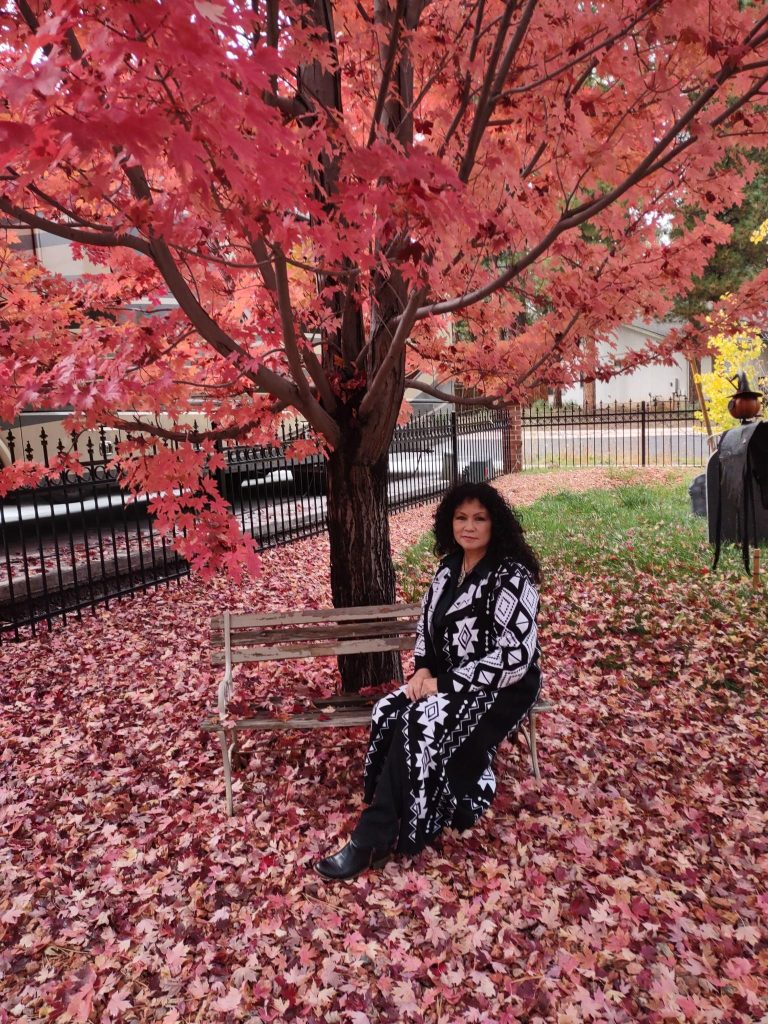
Moses’ research aims to answer more than questions about an individual’s circumstances at death. It also tries to explain the different actions and motivations of people who commit homicide. She examines how identity formation is affected by different historical periods, cultures, norms and value systems (aka psychological anthropology) and, in this case, the influences on criminality. How, even after a perpetrator has committed murder, factors like their relationship to their victim (or lack of one) affect where they dump or bury the body of their victim and how the context of expectations tethered to time period, culture and identity influence the decision-making. It’s a weirdly complicated set of factors that, when you understand these disparate factors, actually makes a fair amount of sense.
It sounds like an episode of “CSI.” Instead, it’s the real-life version of crime scene investigation, which is a complicated and both subjective and objective process, that mixes the hard sciences of chemistry and biology with the judgment needed to sift out evidence from superfluous information. Too often, Moses said, the judgment is overlooked in favor of the science; in reality, both are needed to do the work correctly.
“It becomes ever more important that the people that we have going into law enforcement and getting involved in the justice system have a more well-rounded understanding that things aren’t always best described in black and white terms,” Moses said. “Every case is different; every case is individual. You can’t divorce the human component out of a crime scene investigation and reconstruction.”
For example, Moses said, 24 percent of wrongful convictions are traced back to use of “forensic evidence.” DNA forensics are responsible for 15 percent of exonerations of those incarcerated under wrongful convictions. That is a startling and disturbing figure, particularly for those facing capital crime charges when the death penalty is on the table, given that the public perception is that forensic evidence is unassailable and completely objective.
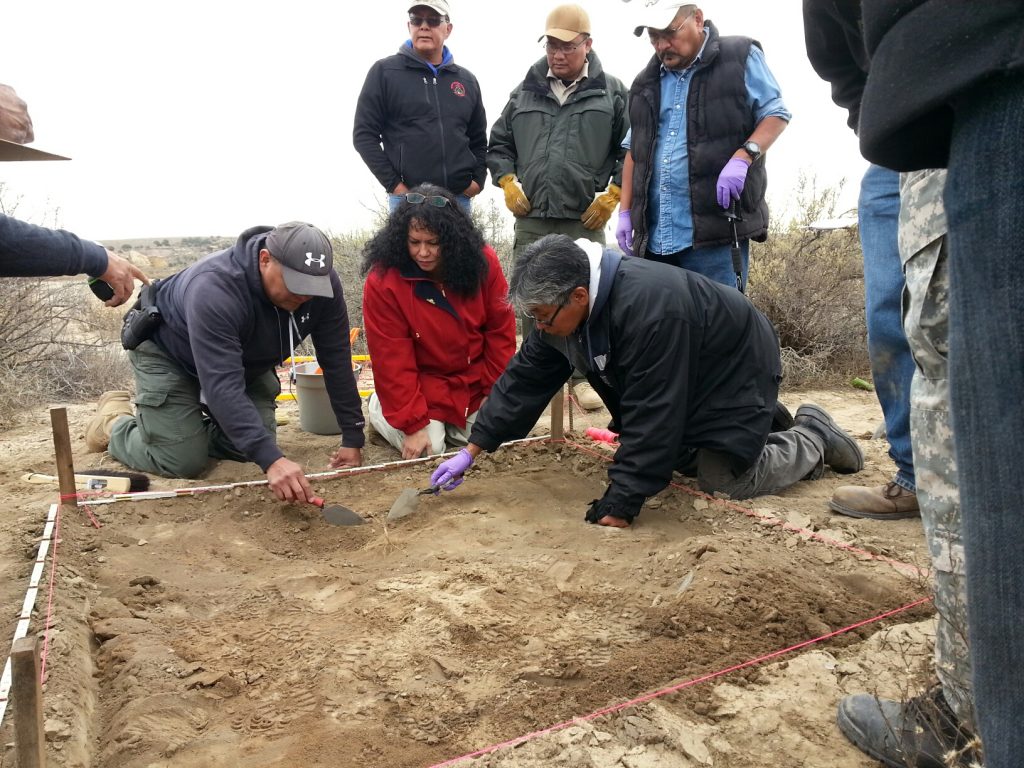
“It was a human being that made the decision of what evidence to collect and what to dismiss, how the evidence was collected, how it was submitted or applied to forensic analysis, and how the analysis was then interpreted in reconstruction of events,” she said. “Not all forensics are purely objective. Some aspects can be compared to statistical data; everyone involved with statistics knows that you have hard numbers that represent so-called hard facts, but how they are then used in certain circumstances can lead to different outcomes, depending upon who’s asking the questions or doing the interpretations.”
Law enforcement is starting to recognize this need and is looking for people with a more holistic background in understanding and interacting with people under varied circumstances. Students interested in going into crime scene investigation are recognizing it as well. Moses created the Social Science Forensic minor at NAU that weds hard science with applied skills and applicable aspects of the social sciences. Besides the appeal to those in the hard sciences, students in the social sciences have also shown interest, as there can be a pathway to become involved in the forensic and/or crime scene investigation world. The SSF minor is interdisciplinary and incorporates courses from anthropology, biology, communications, criminology, emergency management systems, geography/planning (GIS & mapping skills), photography, sociology and women’s and gender studies, among others. Enrollment in this minor has grown more than 700 percent since its inception in 2017.
How she got here
Moses did her doctoral research at a 9,000-year-old Neolithic site in Çatalhöyük, Turkey. She was studying a society that buried the bodies of family members—mostly, but not exclusively, children—in the house. There were bodies or body parts encased in raised beds, in the walls or beneath certain floors of houses made of a mud brick similar to Southwestern adobe constructions.
The big question Moses was asking was “why?” Since about 75 percent of the bodies were children, she speculated that these bodies were used to create sacred spaces. The next big question was whether their bones belonged to people who had died of natural causes or people who were sacrificed with the intent of blessing the house. (Likely answer: Some of both, but mostly natural causes.)
The process, however, allowed Moses to deduce facts about a person’s death 9,000 years after it happened based on the evidence left and what she knew about their society. It turns out that the process of investigating newer deaths is not always that different.
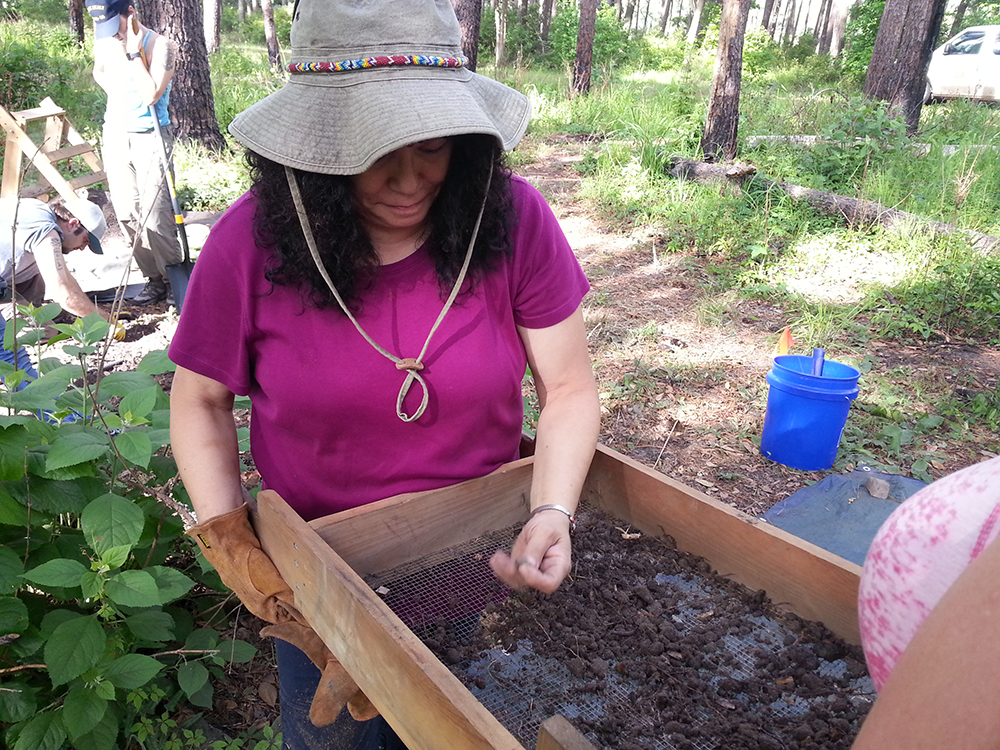
So she started volunteering for search and rescue operations. She volunteered for a summer at the site of a gruesome 19th-century ax murder on the Isle of Shoals off the coasts of Maine and New Hampshire; it was a good combination of her interest in crime scene investigation, archaeology and anthropology. She studied at sites of human sacrifice in Belize and ancient burial rituals in Greece. Eventually, this work led Moses to consult with law enforcement agencies on murders, suspicious deaths and missing-suspicious cases.
In the field, Moses found herself with similar challenges as at ancient sites. Not everybody has a bullet hole or stab wound that points to an obvious cause of death. Depending on where a body is found and how long it’s been exposed to nature, some or all of the soft tissue may be gone; the body may have mummified; animals may have pulled apart the corpse; and even identifying marks may be compromised or gone. Moses has consulted on investigations to determine whether the death was the result of homicide, suicide or natural causes. Sometimes investigators have to figure out who the victim is, which may present a whole different set of processes. In northern Arizona, for example, Moses is often called when someone discovers human remains out in the woods. In those cases, the first major question is whether the remains are forensic or belong to a historical or pre-historic context. Native American remains of a non-contemporary/criminal nature are dealt with under the Native American Graves Repatriation Act (NAGPRA), and the state responds to begin the repatriation process.
Forensic archaeology minor
One important thing Moses has learned in her work is that not all people who are doing forensic archaeology have sufficient training. Having taught workshops for professional development to law enforcement, she goes into it with the view that it’s mainly to teach the significance of forensic archaeology methods to crime scene and evidence processing.
“You can’t take a 3-to 5-day workshop and call yourself a forensic archaeologist,” she said. “Many people will forget the specifics, such as measurements and documentation methods for burials and other technical aspects of the work over time. Imagine a few years later, trying to do this without assistance from a professional. My hope is that participants will learn what not to do and when to call in professionals and to understand that trying to do this on their own may well compromise an outdoor crime scene.”
Furthermore, most people don’t know the difference between a forensic archaeologist and a forensic anthropologist. Academic programs for both are not standardized, meaning that some academic programs can incorporate more (or not at all) of one in the other. The hard science aspects of archaeology are critical, especially with the advent of DNA in investigative work and the risk of evidence contamination. But there is always human judgment in forensic archaeology, and of late, the industry has acknowledged that the social science side has been left behind to the detriment of justice. Understanding cultural sensitivity and inherent bias is also an important part of this program. In one of Moses’ classes, titled Murder, Mayhem and Madness, the students look closely at the influence of culture and identity on crime scenes.
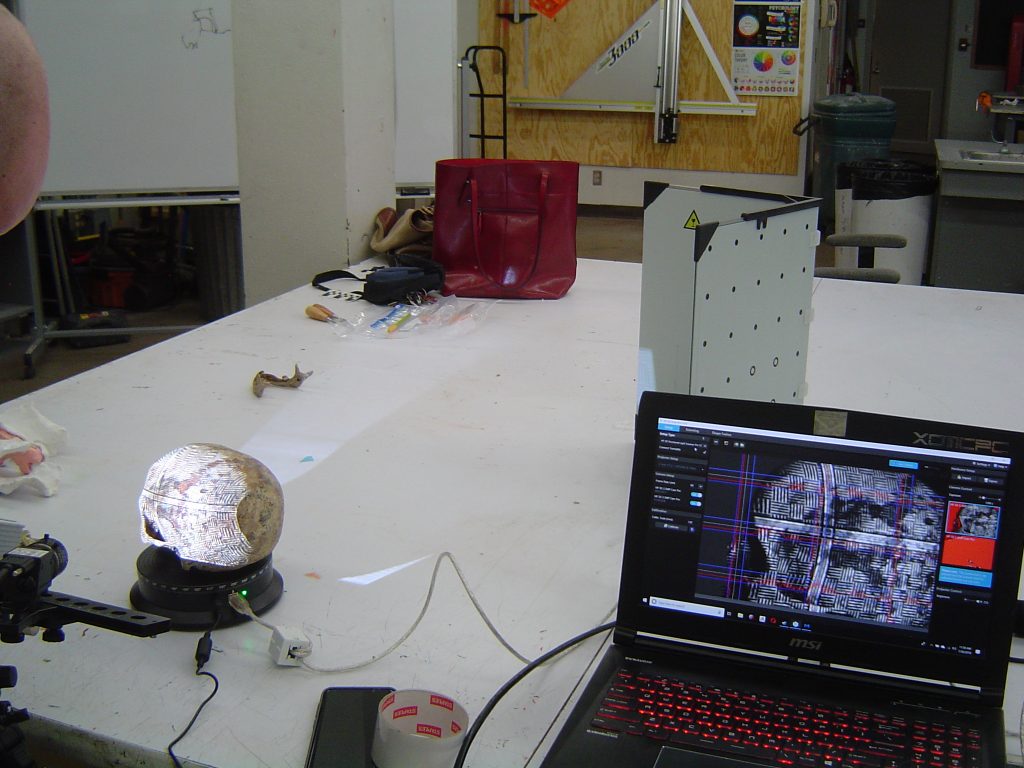
Putting a face on the past
In crime scene investigation, the overlap of art and archaeology is in recreating the faces of skeletal remains or drawing composite sketches of perpetrators based on witness and survivor accounts. Moses has drawn composite sketches for law enforcement and has done 3-D clay-over-skull-cast reconstruction for historical archaeology projects. In historical archaeology, it tells a different story. Moses, along with art professor David Van Ness, took on a unique project in 2018 when a friend from Philadelphia called. Construction crews working in a colonial-era section of the city found graves that were part of a previous cemetery that was supposed to have been relocated in the 19th century, but one section had been overlooked. The Mütter Museum, the oldest medical museum in the United States, was interested in knowing more about the people buried there, who likely had died during a time when yellow fever and cholera were rampant epidemics in the region.
Moses traveled to Philadelphia and returned to Flagstaff with a collection of skulls of which she was tasked with creating facial reconstructions. The challenge, of course, is that she needed to spend a good amount of time working closely with the skulls, but they also needed to be preserved and reburied, so she couldn’t handle the bones too much. She and Van Ness did a 3-D scan of each skull and then, using the MakerLab in Cline Library, created an accurate 3-D replica of each one.
“I was able to reconstruct their faces from that period of colonial Philadelphia for the Mütter Museum so you could put a face on the past,” Moses said. “I couldn’t have done it without the time put in by Dr. Van Ness, who knew how to work the specialized software and create the molds, and the cooperation of the Cline Library personnel in the MakerLab.”
Moses recently made a 2-D reconstruction based on skull and tissue depth markers from autopsy photos of an unsolved murder case in England from the 1960s. Like the rest of forensic archaeology, having the human understanding is a critical piece of it. Computer programs can reconstruct faces digitally, but they often miss the nuances in a face that makes it human. Digital creations often have an overgeneralized look to them because they are based upon piecing together preprogrammed features and using algorithms. The real human face is not symmetrical, and the eye picks up on minute inconsistencies that the computer will not.
“It’s important to help ensure justice is achieved in whatever way you can if your calling is in this field,” Moses said, “It is critical in telling the story of the victims as well as the perpetrator, whether the death was a decade, a century or a millennium ago.”
